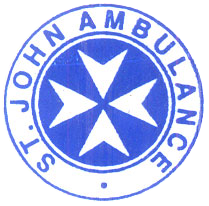Safety Technician courses
BOSH offers eight safety and health certificates, including two advanced and one premier certificate to take your career and your organization's safety program to the next level. The certificates provide focused, real-world information that can be immediately applied in your organization. The certificate programs give you deep knowledge of many safety and health and hazmat topics, allowing you to build broader safety expertise.
Safety Technician Courses:
Construction safety TechnicianHealth and Safety Technician
Accident Investigation Technician
Ergonomics Technician
Chemical Safety Technician
Electrical Safety Technician
Fire Protection Technician
Fire Fighting Technician
Fire and Security Technician
Hazard Analysis Technician
Materials Handling Equipment Technician
Safety Inspections Technician
Welding, Cutting & Brazing Safety Technician
Forklift Safety Technician
Machine Safeguarding Technician
Petroleum Safety Technician
Oil and Gas safety Technician
Fire and Gas System maintenance Technician
Oil and Gas Emergency Response Technician
First aid Technician
Fire Inspector Certification
How to Book
Booking is simple and for more informationSt. John The Training & Skills Partnership
Please contact:
Tel: 76674 42300Phone: +1 80 560 79747
e-mail: info@stjohn.org.in
or visit: www.stjohn.org.in
Address:
Stjohn AmbulanceNo. 714, 1st Floor, M.T.H Road,
Mannurpet, Chennai 600 050.




